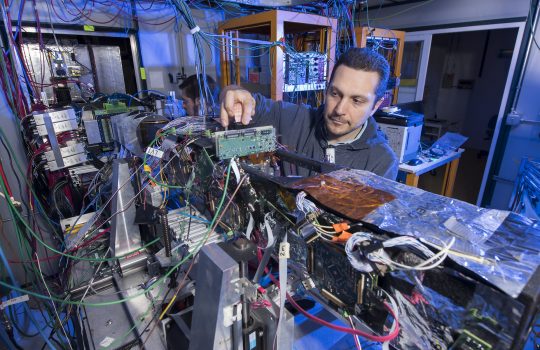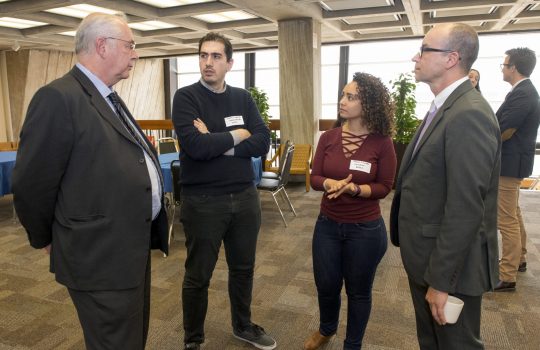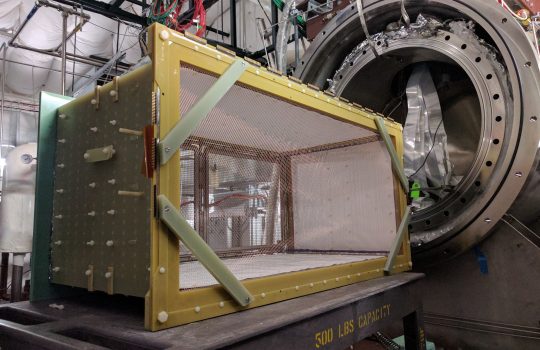Put it to the test beam
Test beams generally sit to the side of full-on accelerators, sipping beam and passing it to the reconfigurable spaces housing temporary experiments. Scientists bring pieces of their detectors — sensors, chips, electronics or other material — and blast them with the well-understood beam to see if things work how they expect, and if their software performs as expected. Before a detector component can head to its forever home, it has to pass the test.



